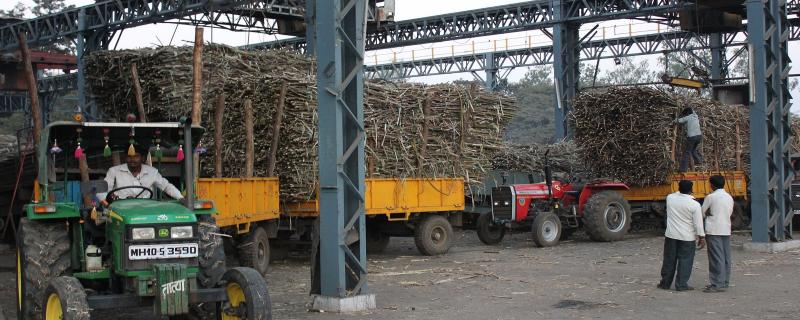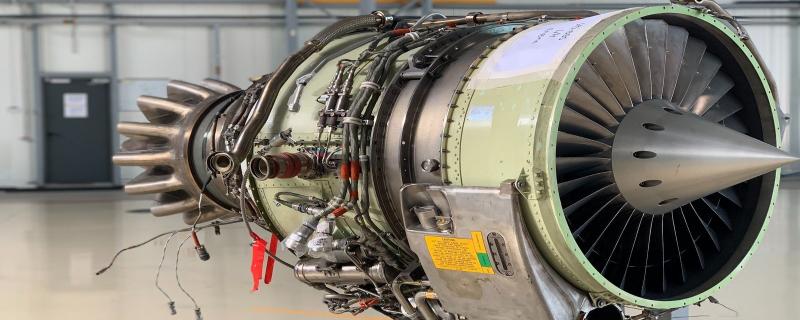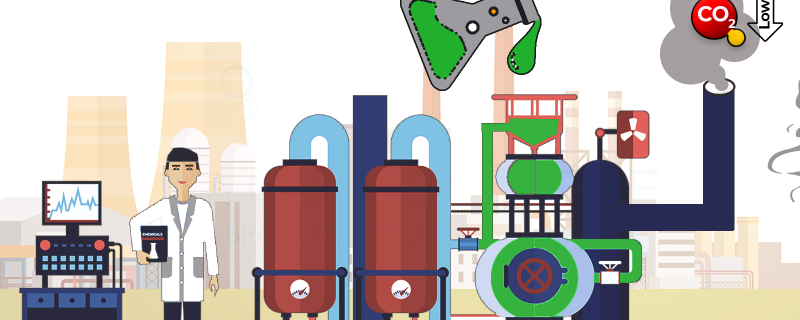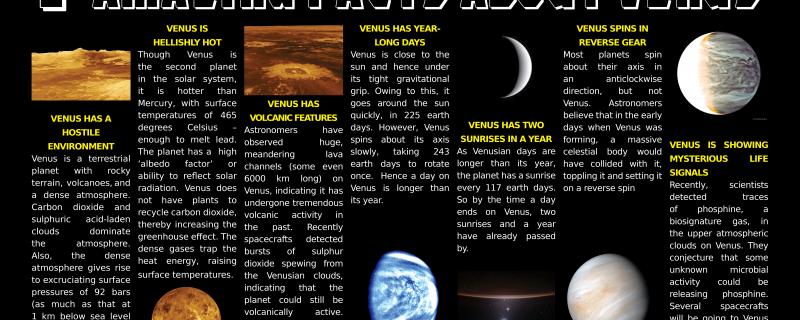A proposed method to capture carbon dioxide and convert it to industrially useful chemicals gets IIT Bombay entry to the X-prize carbon removal grand prize competition.
Science
Prof Amartya Mukhopadhyay receives the prestigious Swarnajayanti Fellowship for 2021
Prof Bedangadas Mohanty of the National Institute of Science Education and Research, Bhubaneshwar, has been awarded the Infosys prize in Physics 2021 for investigations of nuclear force. At the Brookhaven National Laboratory and the European Organization for Nuclear Research, he determined the transition temperature of the quark-gluon plasma to hadronic matter, observed heavy antimatter nuclei, observed nuclear spin-orbital angular momentum interactions, and other effects in the quark-gluon plasma.
It turns out the well-imprinted taste map — of the tongue divided into four specific zones for sweet, salt, sour, and bitter tastes — is all wrong. In the past few decades, scientists refuted the theory. They revealed that the concept of designated taste zones on the tongue is the outcome of misinterpretation of data leading to misrepresentation.
Researchers study the relationship between geometry and isotropy to enhance 3D printing.
A study finds that the rapidly expanding land use of Mumbai is driving the region’s remaining wildlife into the remnant forest fringes.
Alkali and enzyme usage need improvement to make lactic acid cost effective and environmentally friendly.
Researchers have used mathematical analysis of thermodynamics of small scale systems for effectively cooling down IC chips, photovoltaic cells, and gas turbine blades of aero-engines.
A porous liquid composite can convert adsorbed carbon dioxide from industrial effluents to calcium carbonate.
Venus has a hostile environment
Venus is a terrestrial planet with rocky terrain, volcanoes, and a dense atmosphere. Carbon dioxide and sulphuric acid-laden clouds dominate the atmosphere. Also, the dense atmosphere gives rise to excruciating surface pressures of 92 bars (as much as that at 1km below sea level on earth), making the planet inhospitable.




![[Photo by Basile Ugnon-Coussioz via Unsplash] A microscopic understanding of materials can widen the scope of their applications](/sites/researchmatters/files/styles/large_front_800x320/public/a_microscopic_understanding_of_materials_1.jpg?itok=TZN7YPYP)




